Producers
-
Description:
Champagne Hugues Godmé is a small grower located in the Grand Cru village, Verzenay, in the northern Montagne de Reims. They own a total of seven and a half hectares that cover four villages in the north and east of the Grand Montagne and west in the Petite Montagne: Verzenay, Verzy, Villers Marmery, and Ville-Dommange. Verzenay and Verzy are two of the most famous villages for Pinot Noir in the Grand Montagne, the others being Bouzy and Ambonnay. Verzy and Verzenay sit on north facing slopes and have a completely different expression compared to Bouzy and Ambonnay, which face south. Liem, in his book, Champagne, describes the wines of Verzenay and Verzy as, “sleek in shape, thriving as much on finesse as on body. While they can be concentrated in their ripeness, they are rarely opulent, retaining a firm structure and prominent acidity even in the warmest vintages. In contrast to the luscious red-fruit flavors of Bouzy and Ambonnay, the wines from this part of the Montagne de Reims are slimmer, more acidic, and more structured.” Villers Marmery is on the east side and is mostly planted to Chardonnay. And Ville-Dommange is in the west and planted to Meunier. Overall, the winery has three hectares of Chardonnay, 2.80 hectares of Pinot Noir and 1.80 hectares of Meunier.
We met with Lucille Godmé in April 2022 and she shared that her father, Hugues, made the decision to follow biodynamic farming twenty years ago after noticing that his skin was becoming irritated from contact with the chemicals, which raised concerns about the impact these chemical treatments might be having on his overall health. It took time to make the transition; in 2006 they began to farm organically becoming certified organic in 2013. Biodynamic certification came the following year in 2014. Their vines average 30 years-old and the oldest are more 60 years-old. Since making the change to biodynamic farming, the vineyards are healthier and more resistant to disease and today Godmé is a part of the biodynamic winegrowers association, Biodyvin.
In the cellar, they work with spontaneous fermentations in neutral oak and enamel-lined cement tanks. They move juice by gravity to retain fresh aromas and each parcel is vinified separately to respect each terroir. The top wines are vinified directly in the barrel. Malolactic fermentation happens sometimes and there are no efforts to stop or encourage it. The second fermentation happens in their cellar carved out of chalk right below one of their vineyards in Verzenay.
Their main wine is the"Les Terres d`Unions" Premier Cru Extra Brut NV which comes from all four villages. They also make a signature Blanc de Noirs that comes from Verzenay and Verzy and another cuvee called “Montagne de Nord” that comes from the oldest vines and is aged mostly in oak, four years longer than the Extra Brut. Liem describes the “Montagne de Nord” as, “an elegantly assertive wine, anchored by a deeply resonant chalkiness.”In addition to bottling a vintage Champagne, they make a very limited amount of three single-vineyard wines, one from each variety. The wines are bottled with no dosage or Extra Brut (less than 6g/L). The average production per year is 4,100 cases. We are thrilled to welcome the Godmé family to the Bowler portfolio. The wines truly represent the unique terroir of the northern slopes of the Montagne de Reims.
Image: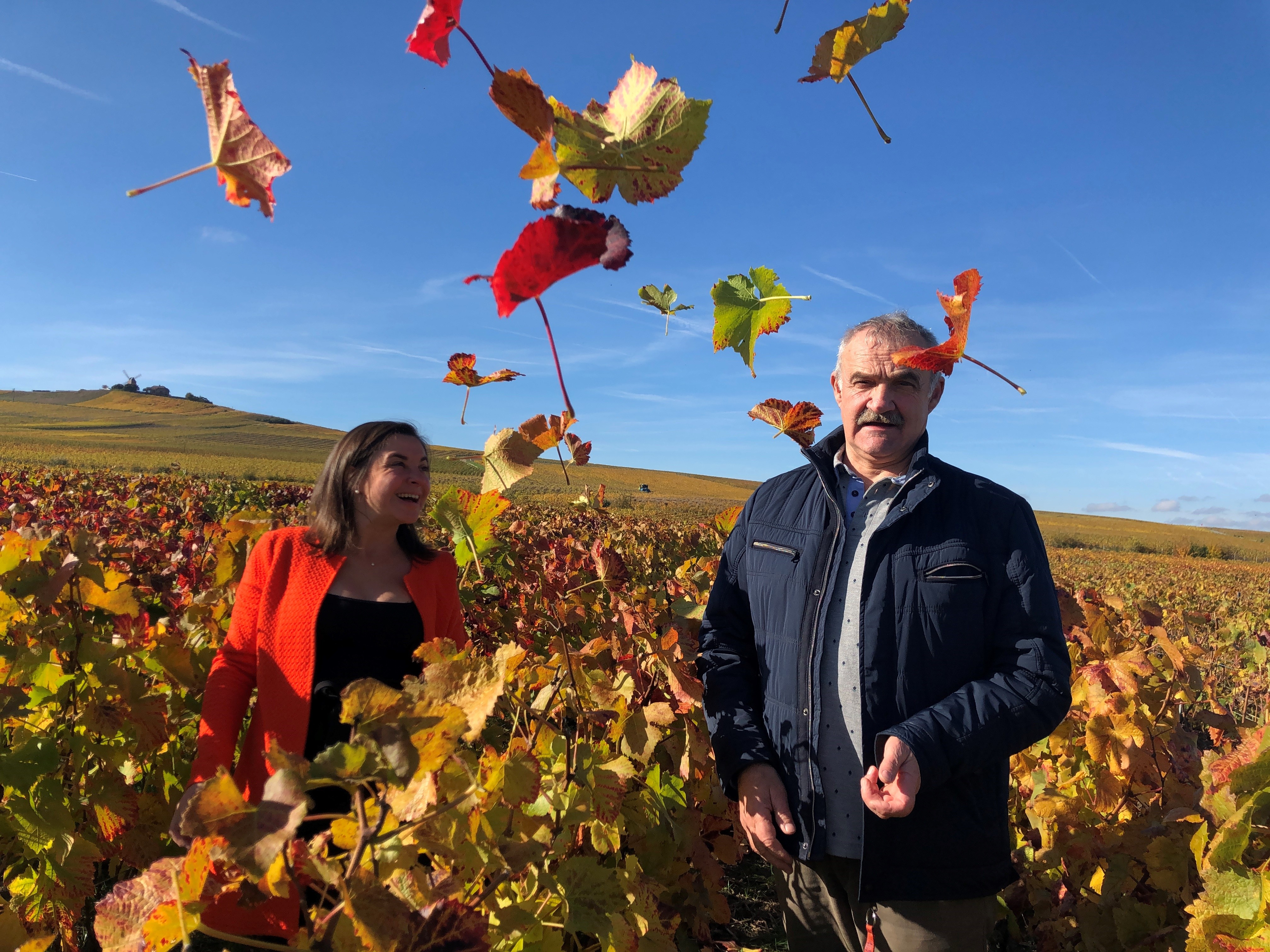 Region:
Region: -
Description:
For more information on I Fabbri, please visit Selection Massale.
Available in California.
Image: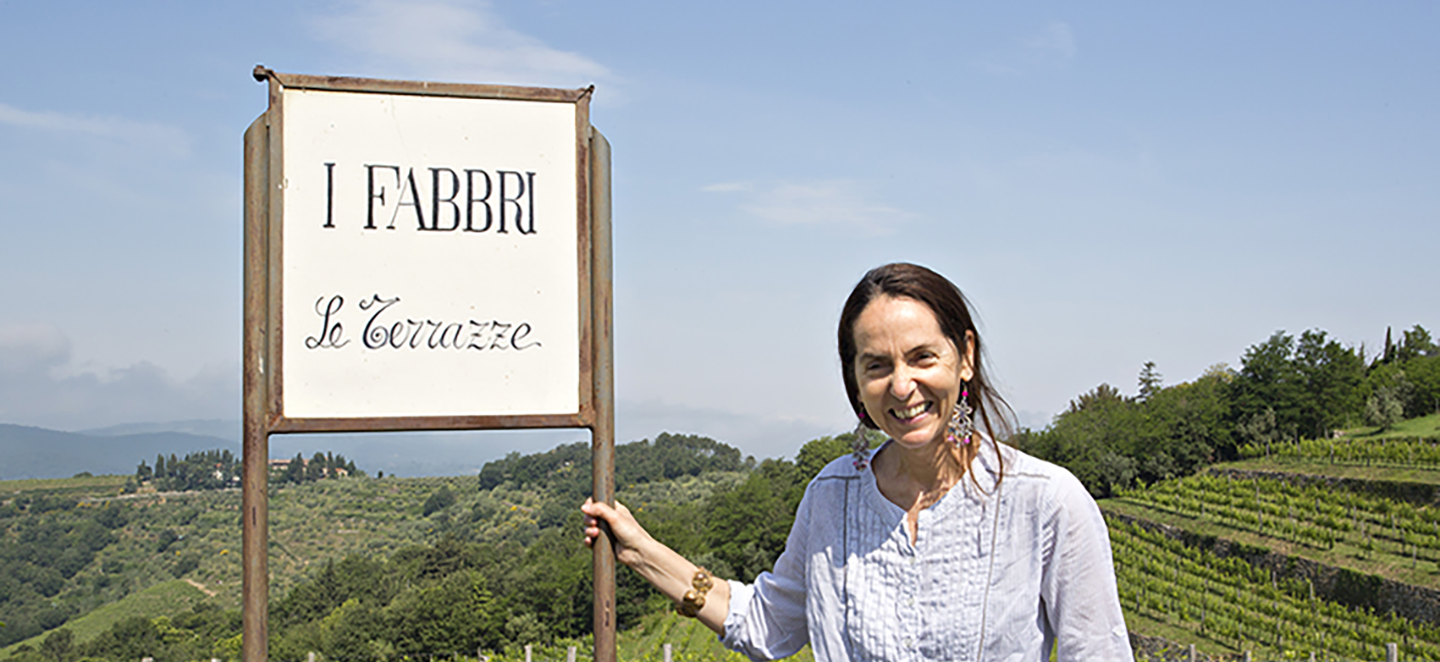 Region:
Region: -
Description:
ilBioSelvatico is a young winery in Civitella in Val di Chiana, near Arezzo. Owner Filippo Volpi was born and bred in the area and comes from a family of restauranteurs. He caught the food and wine bug early on. As a teenager in the 1980s, he had already completed his sommelier course and had done formative stages cooking in kitchens in Italy and France. His career brought him to cook at some of the most important restaurants of the era-- Vissani (Gianfranco Vissani), Trigabolo di Argenta (Igles Corelli and others), Pierre Gagnard, L’Arpege (Alain Passard). Along the way, he never lost track of wine. The front of house/back of house duality, and the division of attention between Italy and France, have served him well. Today he is considered one of Italy’s preeminent connoisseurs of Burgundy.
Filippo’s friends Federico Staderini and Stefano Amerighi encouraged him to stop selling grapes from his 4.2-hectare Sangiovese vineyard, which he first rented from and eventually bought from his father. The vineyard has been farmed organically since the late 1990s and these days is farmed biodynamically (with no desire for certification). It’s a fresh, windy site, with sandy clay topsoils. A gentle incline leads to the surrounding woods, a bit like in the Côte d’Or. On paper, it’s rather homogenous, with 15-30-year-old vines, all planted to one selection of Sangiovese. In practice, however, Filippo discovered lots of variation and nuance. He insists that it is not a “grand terroir,” but it is an intact ecosystem, capable of creating something highly original, provided he has the right sensibility.
For ilBioSelvatico, Filippo is inspired by early-1950s Burgundy “à l’ancienne,” both in the vineyard and cellar. He does a preliminary pruning selection in January/February, then a final one under a favorable moon in March, to push budbreak past the threat of frosts. He doesn’t do green harvest, nor does he top the vines, preferring to eventually roll and tie the highest canes together. Treatments are infrequent and limited to copper/sulfur, stinging nettles, algae, and citrus zest extracts. Once veraison begins he will hardly step in the vineyard until the first harvest. Harvest is protracted over a month, with 25 to 30 separate pickings happening from early Septemeber to mid-October. No analysis is done, but Filippo and his four-person crew look for the “best of the best” by taste on any given harvest day. They’ll only harvest in the morning, for four hours max, in order to bring in around 5,000 kg of grapes at a time.
In the cellar, much as it would have been in 1950s Burgundy, there is no crusher or destemmer or temperature control. All grapes are kept 100% whole cluster, vinified in open-top 500L tonneaux. A little more than half of the grapes are foot-tread and the rest of the bunches are left untouched in infusion. Once separated from the skins, the wines begin their aging in these same tonneaux before being moved to concrete vats. It’s a “gourmet cuisine” approach that took Filippo some time, experience, and courage to develop; he did not release his first three vintages, 2015, 2016, and 2017. 2018 was his commercial debut.Image: Region:
Region: -
Description:
We are very excited to be working with Gernot Kollmann, one of the most watched winemakers in Germany. After working at Van Volxem and then making the Knebel wines in 2008, Gernot had the opportunity (with partners) to purchase the historic estate of Immich-Batterieberg.
The Immich family history in the Mosel dates back to the Middle Ages, when a Prince von Esch possessed the 12th-century building. Located in the center of Enkirch, the original section of the castle, Escheburg, is named after him. The Immich family would own the estate for over 500 years (1425–1989). In the mid-19th century, Carl August Immich needed more cultivable land on which to plant vines. His holdings included the Enkirch hillside, which was less a hillside and more a steep cliff face of solid stone; using sprengbatterien (a battery of explosives filled with gunpowder) from 1841 to 1845, he reduced the site to rubble, which not only made it cultivable but also gave the vineyard its name, Batterieberg (“demolition hill”). The estate's name refers to this site.
The estate consists of 13 ha. Holdings include 1.1 ha of the best parcels in the Batterieberg (grand cru in grey slate + quartzit), as well as parcels in the great vineyards of Ellergrub (grand cru in blue slate), Steffensberg (1er cru in red slate) and Zeppwingert (grand cru in grey slate + quartzit). All of these sites contain parcels of very old, ungrafted, pre-phylloxera vines--a genuine treasure trove of vine material almost unknown elsewhere in Germany. The Escheburg is a dry Riesling, firm and impressive, made from a blend of ungrafted vines from Steffensberg, Ellergrub and Batterieberg. It represents an astonishing value. Batterieberg is located within the larger Zeppwingert, which along with Ellergrub and Steffensberg were among the highest-ranked vineyards according to the 1897 Mosel-Weinbau-Karte, the Prussian viticultural tax map of the Mosel. Gernot's most recent acquisition in 2014 was a small, dizzyingly steep site in neighboring Traben called the Zollturm ("toll tower") which he uses partly for his Sekt and partly for a grand cru cuvee named for the site. The wines are all produced dry in a combination of used casks and stainless steel with full fermentations, ambient yeasts and nothing added to the wines except a low amount of sulfur. The wines are therefore natural and vegan. They are also compellingly vibrant, long-lived in the cellar, and most profoundly terroir-driven.
Immich-Batterieberg has been practicing organic viticulture for ten years and will certify for the first time in 2022.
Image: Region:
Region: -
Description:
Iuli is located in the far north of the Monferrato, in the town of Montaldo di Cerrina. Once a vibrant little town of 450+ souls, today there are only 92. It is set among the last band of dramatic hills and valleys before descending into the rich flatlands of the Po river valley, with the Alps as a backdrop on a clear day. If you're headed to Montaldo, chances are it is to see Fabrizio Iuli. His family figures prominently and colorfully in the town's history. In the 1920s, his grandfather, Gioacchino Natale Iuli, like many young men from the countryside, was courted by a factory job in Lombardia. In a twist of fate, Gioacchino heard that a burgeoning marching band had been formed in Montaldo, so he packed his bags and headed back to become its clarinetist and to start a family. The first vines were planted around 1930. Fabrizio's grandmother, Ernestina, established a little osteria in their living room, a place with warm food and warm hospitality that became a gathering point for the village. There was much conviviality and Iuli Barbera flowing. Though no longer an official restaurant, the feeling continues to this day with Fabrizio and his wife, Summer Wolff, cooking up a storm and popping bottles, their young boys staying up later than most American kids their age, taking it all in. It is a place that sucks you in, where time seems to stand still, if only temporarily.
Today, Fabrizio is the only winegrower in the town. His first commerical vintage was 1998, with his Barbera called Rossore. The grapes found in his vineyards are Baratuciat (a nearly-extinct white variety from the Val di Susa), Slarina (a red Monferrato variety also almost lost), Grignolino, Nebbiolo, Pinot Nero, and, of course, Barbera. There are 35 contiguous hectares of land in one valley, with 16 hectares planted to vine. Certified organic, the land has never seen any chemicals. Despite being ridiculed by neighbors, Fabrizio's grandfather and father never succumbed to pressure to buy products they felt were meant to fix something that wasn't broken. The isolation of the place suits Fabrizio's desire to instigate and protect biodiversity. The thick surrounding woods keep the prospect of a monoculture at bay. They contain many white truffles in the season; they also house many wild boar, who can and do devour a crop of grapes. Some end up at Cascina Iuli in the form of 'Barbera Pig' stew.
The wines are Piedmontese to the core, ultra-reflective of the poor, but limestone-rich soils and northernly climate with cool nights. Each wine has a reason for being; each wine has extreme drinkability without losing seriousness or intrigue. They are concentrated in their fruit, but also have a lightness and florality that feel very "Iuli." In the cellar, Iuli's trajectory over the years has become increasingly non-interventionist. Fermentations are carried out spontaneously, with a little so2 added after malolactic fermentations. The tradition in the area is to use concrete tank and large oak cask. Fabrizio wouldn't dream of deviating from that lineage. He adores, collects, and restores small concrete vessels. There's a room in the cellar in which they're lined up like little misfit robots waiting to be deployed. The wines are aged slowly and statically, bottled unfined and unfiltered, when taste and an auspicious moon deem they're ready.
Image: Region:
Region: -
Description:
Izarra means “star” in Basque, and is a brand of liqueur that was created in 1906 in Hendaye, in the Basque Country, by the botanist and pharmacist Joseph Grattau. This recreation of Izarra by the Verdrenne family using the original recipe is a liqueur made from a distillate of plants, spices and 2 macerations, prunes and walnut husks.After distillation in a copper still, Armagnac is added to the distillate. Izarra the historic herbal liqueur from the Basque Country of France and Spain is an herbal spirit much like what the monks made with Chartreus.
Image: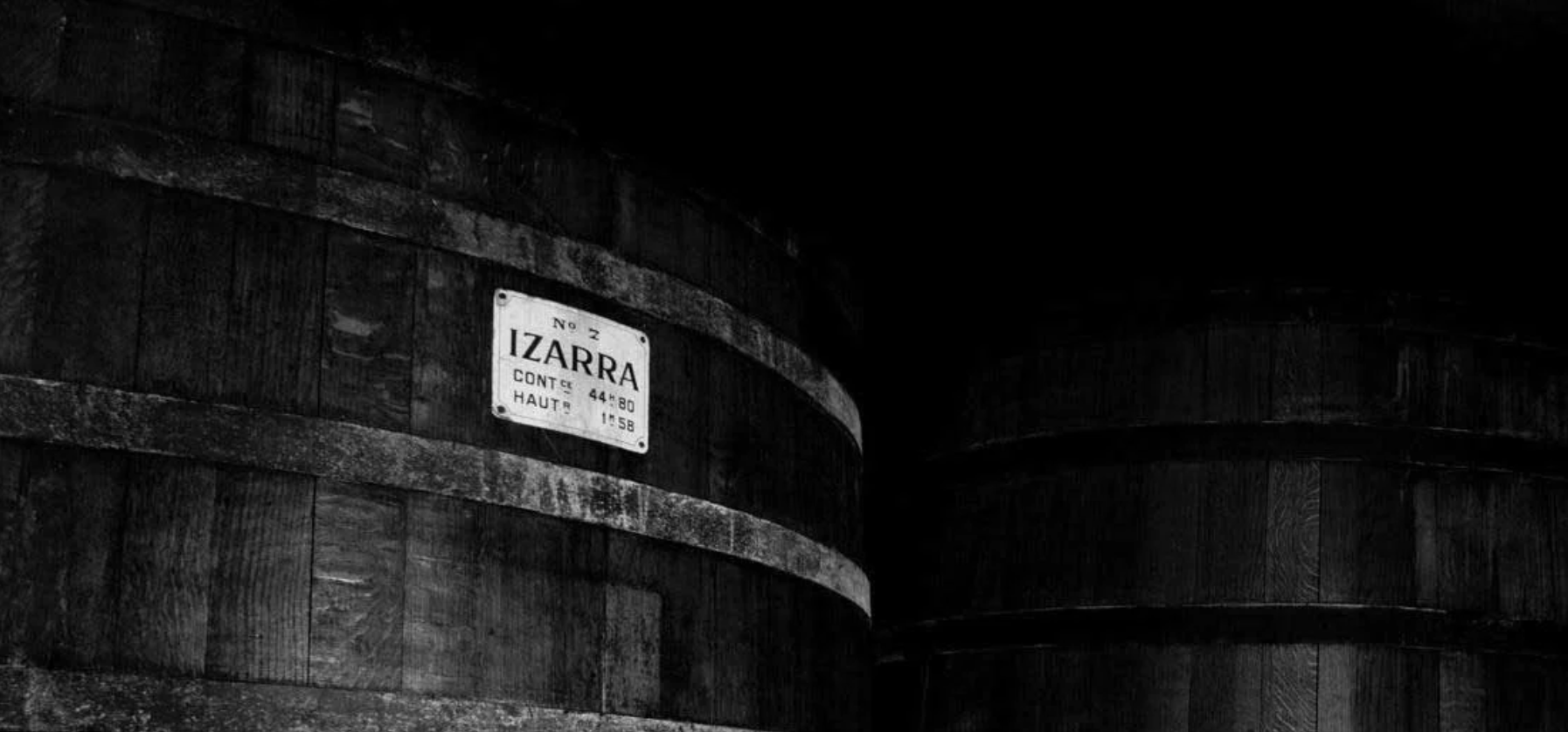 Region:
Region: -
Description:
Jon Langley and Lucky Preksto, longtime New York City bartenders, met in 2009 and have been collaborators ever since. In 2020 they began developing spirits recipes in Jon’s kitchen. Ever optimistic, they formed January Spirits that same year. In 2022, they scaled up these recipes and teamed with Matchbook Distilling, located in the North Fork of Long Island, to bring their vision to life.
Joining forces with Lucky’s wife, Diana Lang, on branding, and Jon’s partner, Amanda Eli, on operations, they came to market in New York in the spring of 2023. They decided to launch with three products. Amaro and genepy, legendary digestifs; two sides of a coin, one bitter, rooty, the other herbal, ineffable. The five-flower gin, particular to January Spirits, accents the earthy quality of flowers. It’s not an obvious gin, only delicious.
Taken on their own, these styles are aromatic and nuanced; in cocktails, near indefinable.
"We make botanical spirits. We’re drawn to the traditional French and Italian styles of drinks that haven’t until recently had a bright light shone upon them. We love them on their own, they stand up. They’re also often the secret ingredient that make a cocktail sing. Versatile spirits. Serious spirits, often pondered over, savored, and deeply regarded. We take them seriously. But we feel drinking also, at its heart, ought to be fun. It makes you feel good, after all–and here’s to feeling good all the time."
Bowler is proud to welcome January Spirits to the portfolio!
Image: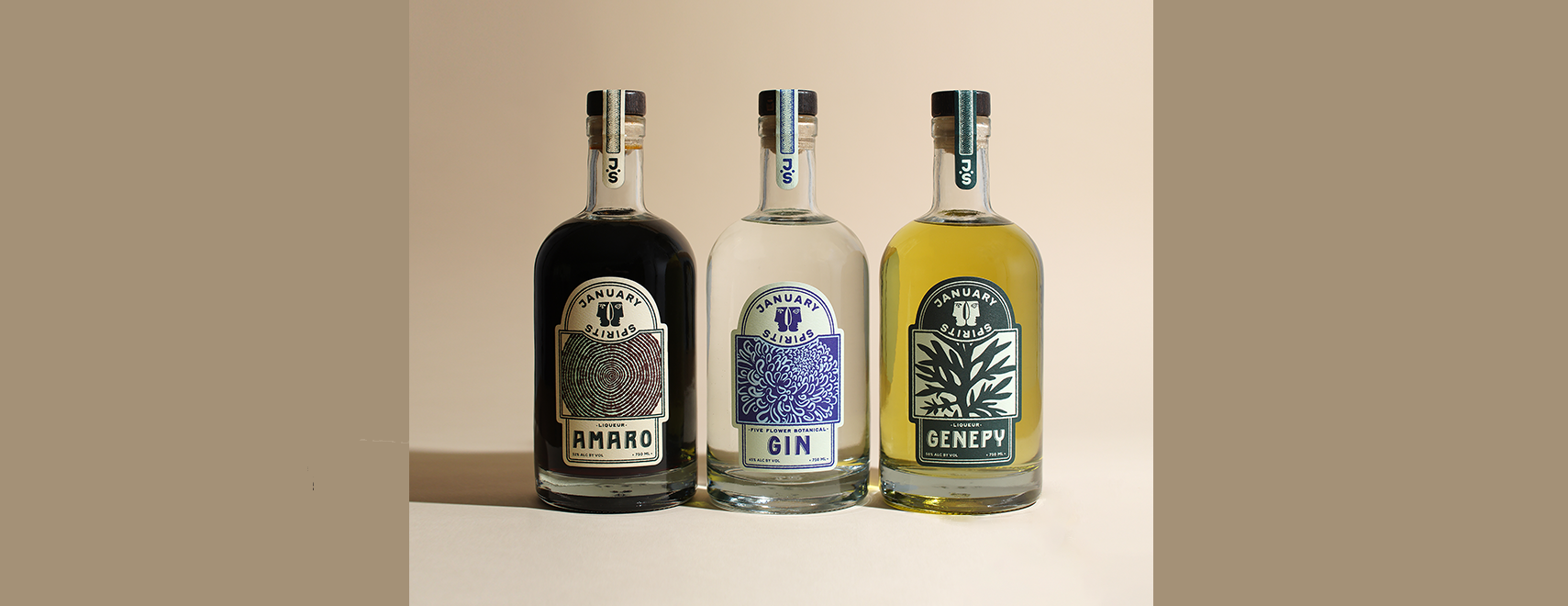 Region:
Region: -
Description:
Shortly after settling in Lannepax in the heart of Armagnac country with his wife and two sons in 1883, Jean Cavé opened the doors of his small distillery. A grape-grower already, Cavé began a generations-long quest to perfect their growing, distilling, and aging methods over more than a century.
The team at Jean Cavé are still guided by Henry Cavé, the fourth generation of the family. With Henry at the helm, the distillery benefits from generations of knowledge, as well as a shared sense of tradition and purpose. This has allowed them to retain continuity and an enduring sense of place. Today, with more than one hundred thirty vintages of their Armagnac produced, they have built up a stock of old bottles that few other houses can match and can offer a wide range of bottlings that will delight newcomers to this spirit, as well as delight serious collectors and aficionados. We are pleased to welcome Jean Cavé to our portfolio.
BOWLER E-Zine Issue 4 | January 2022: The Tradition of Jean Cavé Armagnac
Image: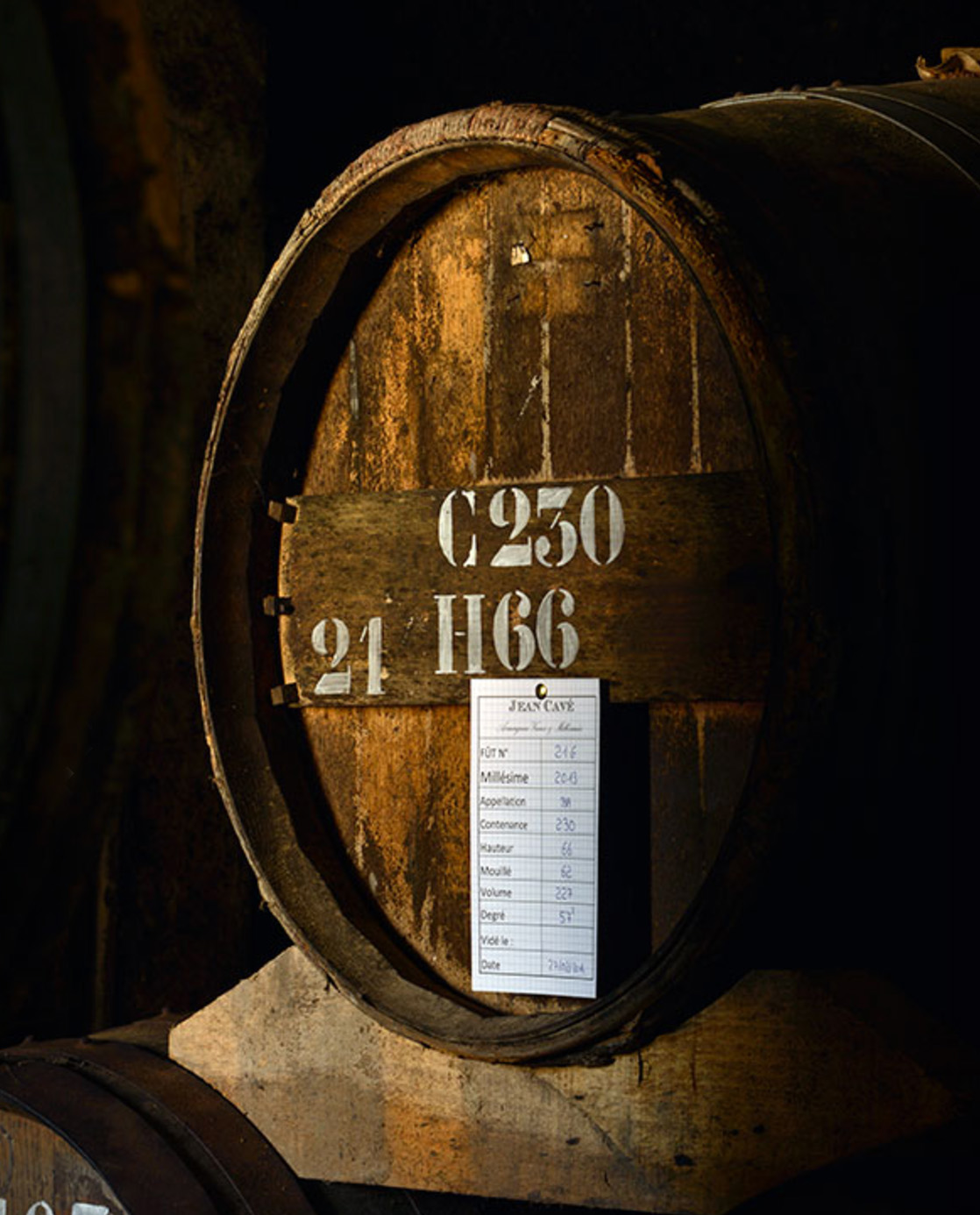 Region:
Region: -
Description:
For more information on Jean-Christophe Jezequel, please visit Selection Massale.
Available in California.
Image: Region:
Region: -
Description:
Jean-Yves Pérard is a small grower in the village of Cernay-les-Reims in the Montagne de Reims, east of Reims and about twenty minutes north of the Grand Cru villages of the Grand Montagne. The Pérard family has been in Champagne since 1639 and, like many growers, sold to the big Champagne houses for generations. In 2012 Jean-Yves decided that he wanted to break this cycle and make wine under his own name from his five hectares of vines.
Most of Jean-Yves’s vines are in Cernay-les-Reims, where chalky soils over clay support mainly Chardonnay, an unusual scenario in the Montagne de Reims. He is lucky enough to work with Chardonnay vines that are 40-60 years old. He also owns Pinot Noir and Meunier vines in the Vallée de la Marne in the villages of Festigny, Mareuil-le-Port and Leuvrigny. His vineyards are certified sustainable by HVE3 since 2019 and he works the soils. Jean-Yves has never used herbicides or pesticides; he will treat for mildew only when absolutely necessary. He makes his wine where he always has, in a cellar shared by a dozen or so other growers who all sell to two of the well-known houses.
There are four wines in the Pérard line-up: a blend called “Extravagance”, two Blanc de Blancs with different dosage levels, and a rosé. Two of the wines are available in the United States. One is the Extra Brut Blanc de Blancs, which I found particularly intriguing, given the rarity of pure Chardonnay wines from the Montagne de Reims. It feels nice, bright, and fresh with pear notes. The “Extravagance” comes from his Pinot Noir and Meunier vines in the Marne, blended with 5% Chardonnay. It’s a bit richer, with a creamy mouthfeel and toasty brioche notes. Jean-Yves mainly vinifies and ages in stainless steel but he does use foudres occasionally.
We are very excited to launch these wines in the US and follow Pérard in his new adventure!
-Michele Peters, French Portfolio Manager
Image: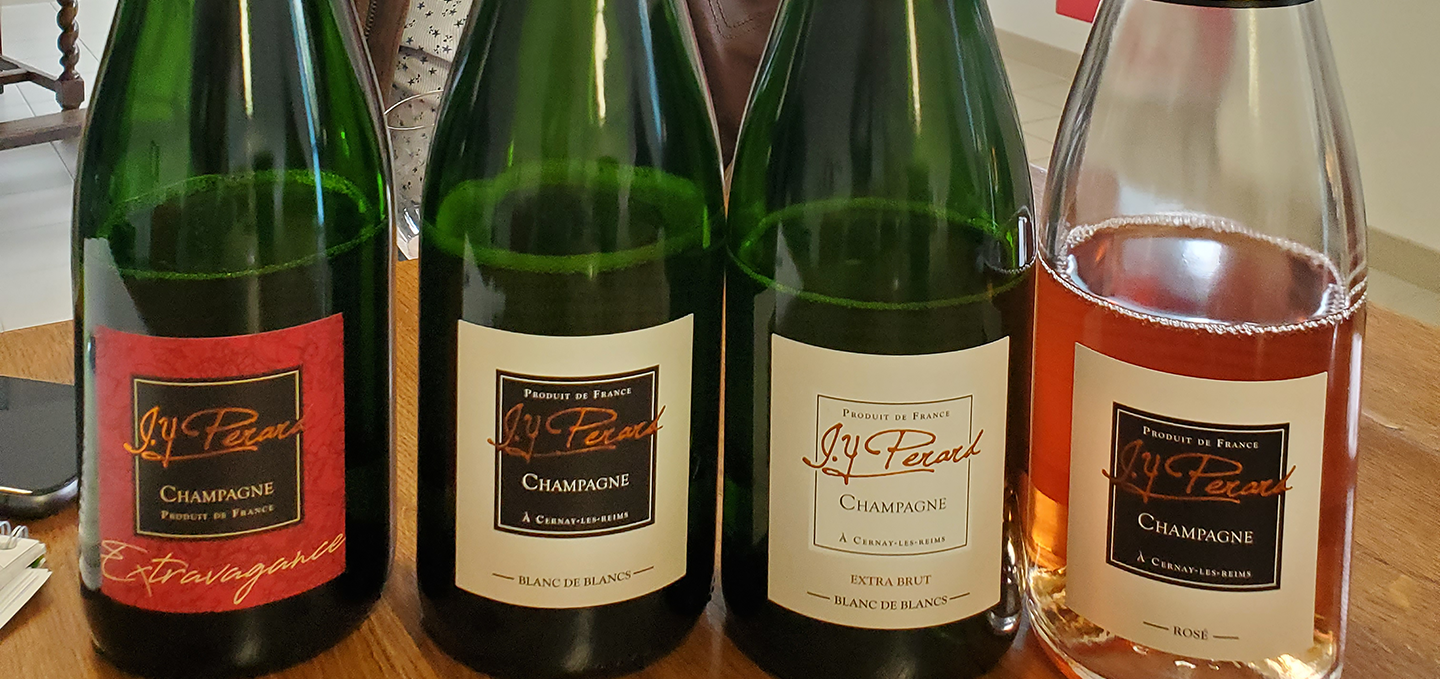 Region:
Region:
